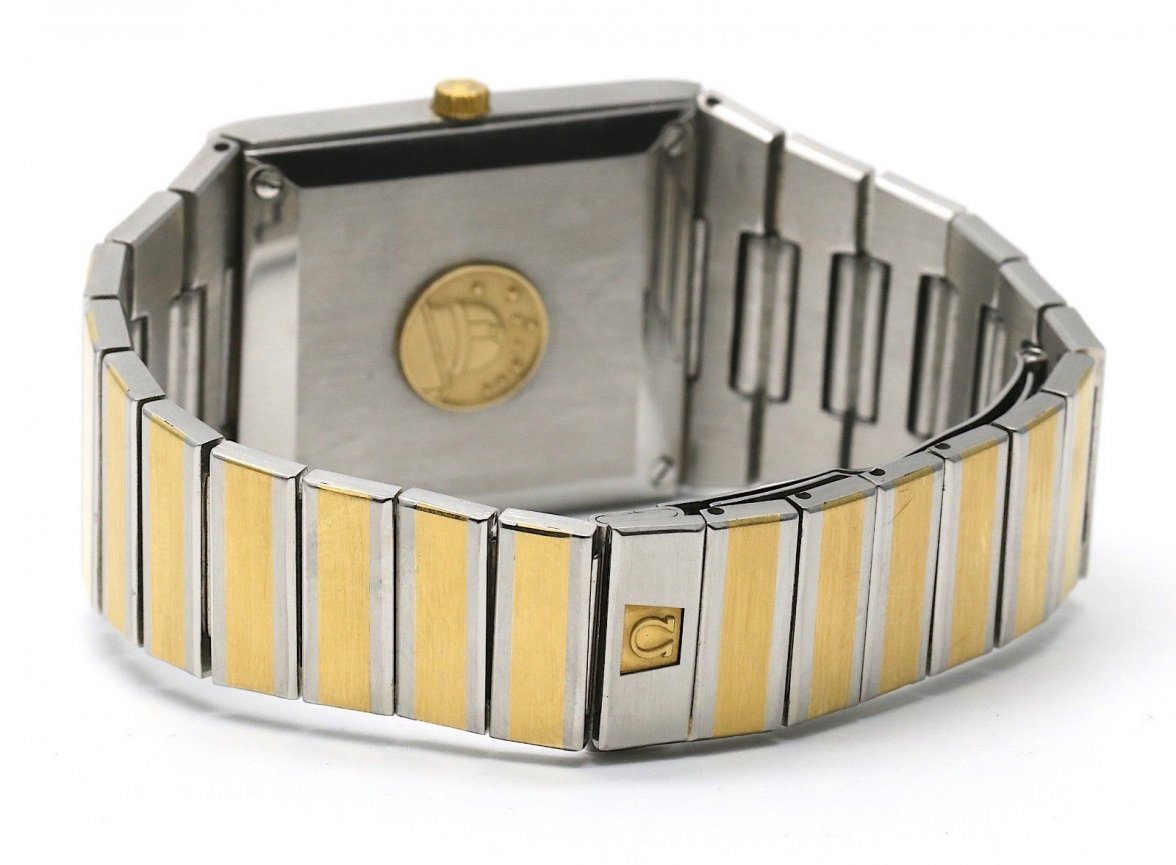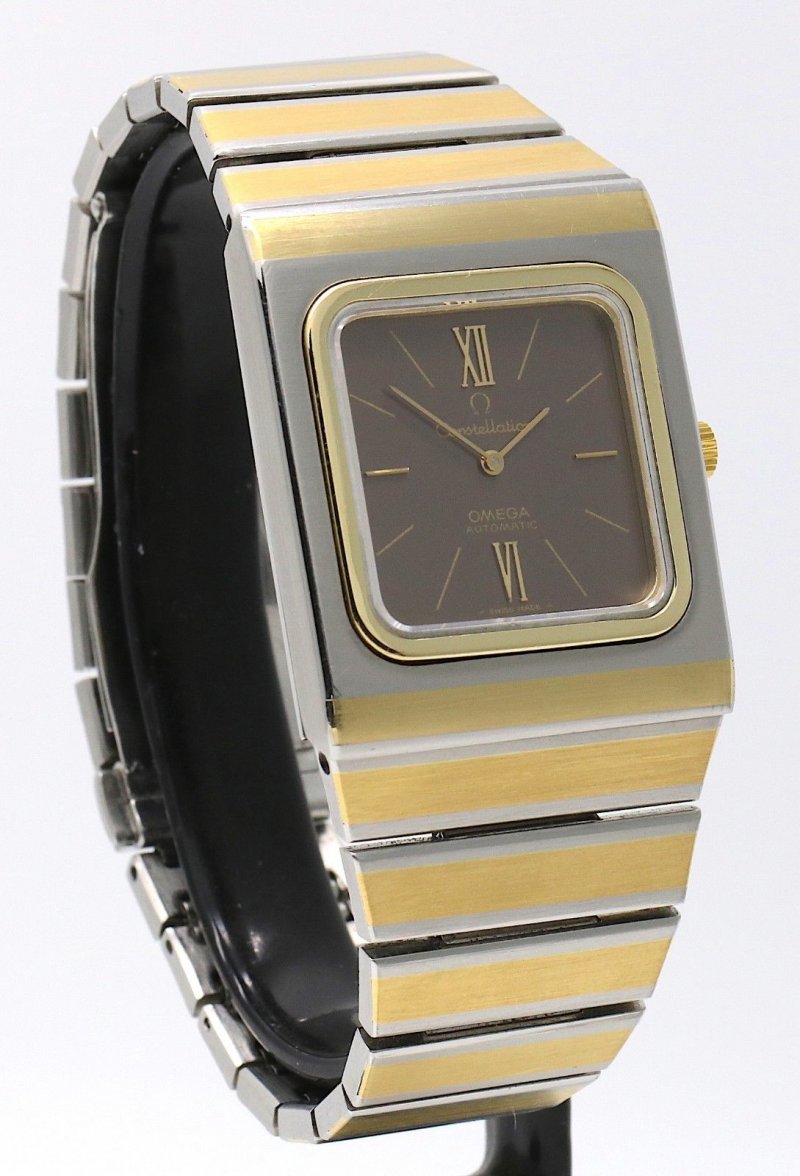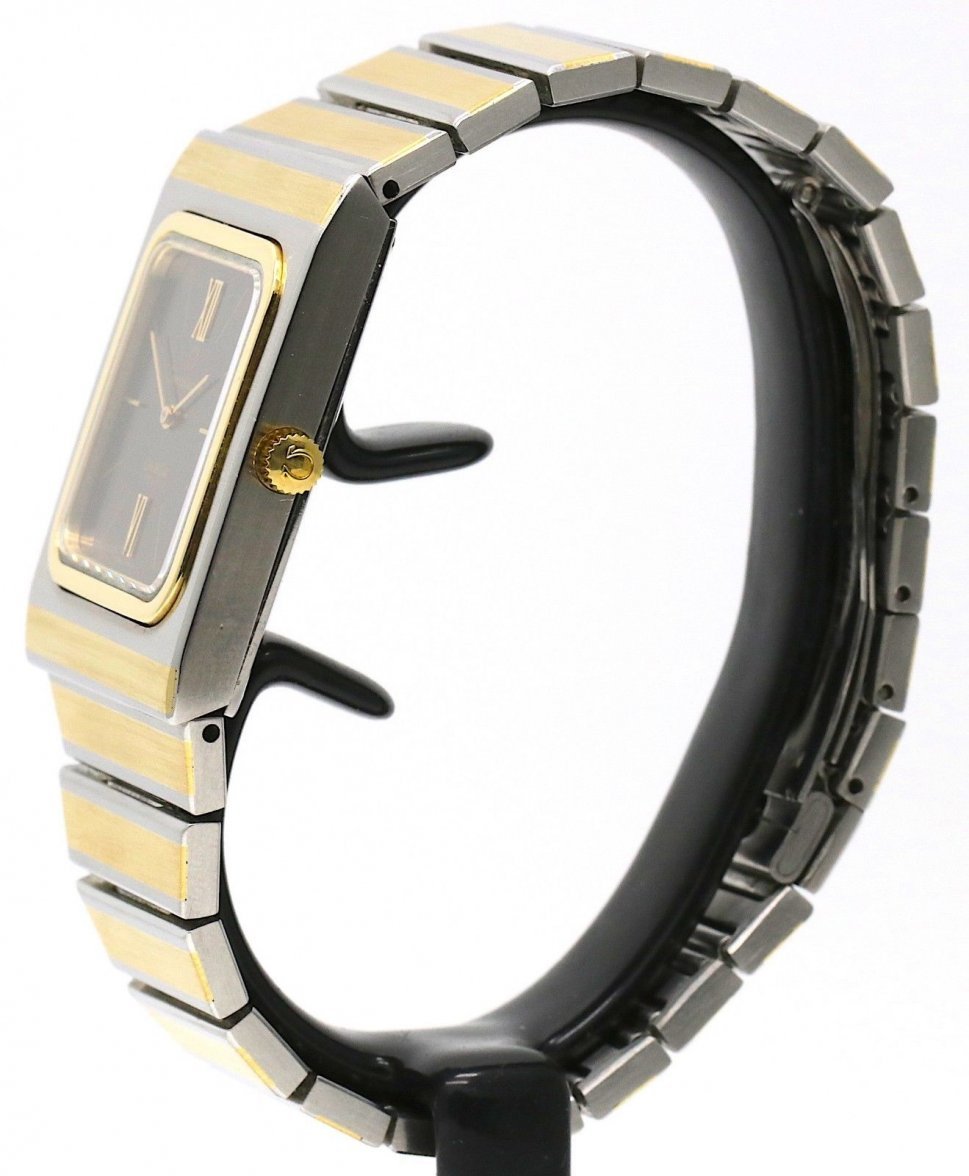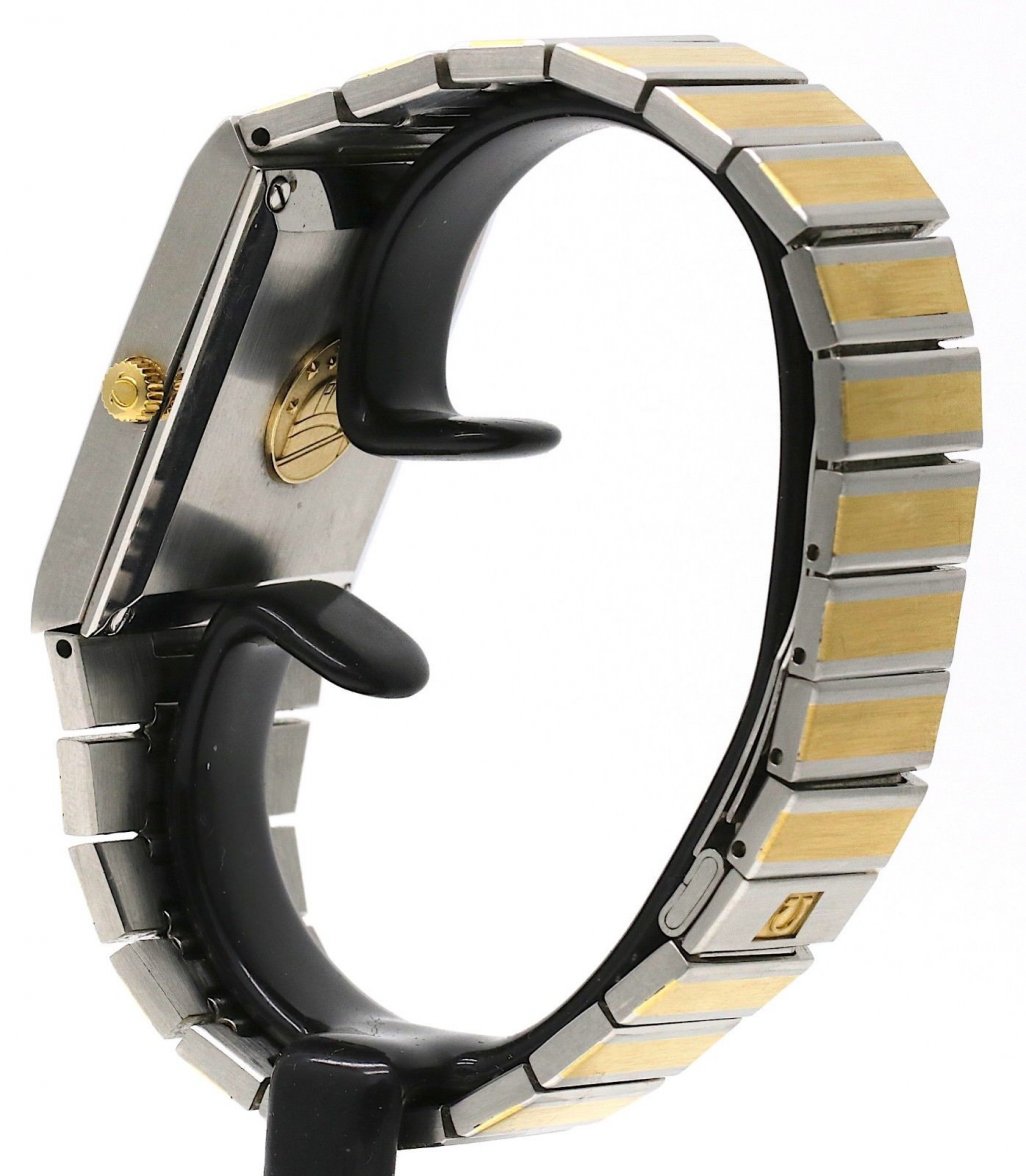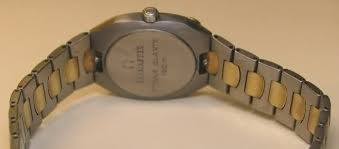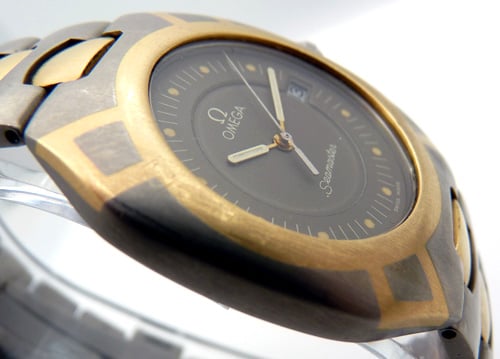tieanep
·This example of the Omega Constellation 355.0814 is throwing me off. From what I've read the bezel is solid 14k and both the case and bracelet are two-tone, i.e. steel and 14k.
https://www.omegawatches.com/en-us/watch-omega-constellation-omega-st-355-0814
^^Above link from the Omega site seems to show that this reference came in stainless steel with a steel bracelet.
If anyone has experience with this reference, please share your insight.
The gold in the bracelet certainly doesn't seem to be particularly substantial. Looks more like plating to me.
As always, thanks in advance.
https://www.omegawatches.com/en-us/watch-omega-constellation-omega-st-355-0814
^^Above link from the Omega site seems to show that this reference came in stainless steel with a steel bracelet.
If anyone has experience with this reference, please share your insight.
The gold in the bracelet certainly doesn't seem to be particularly substantial. Looks more like plating to me.
As always, thanks in advance.
Edited:
